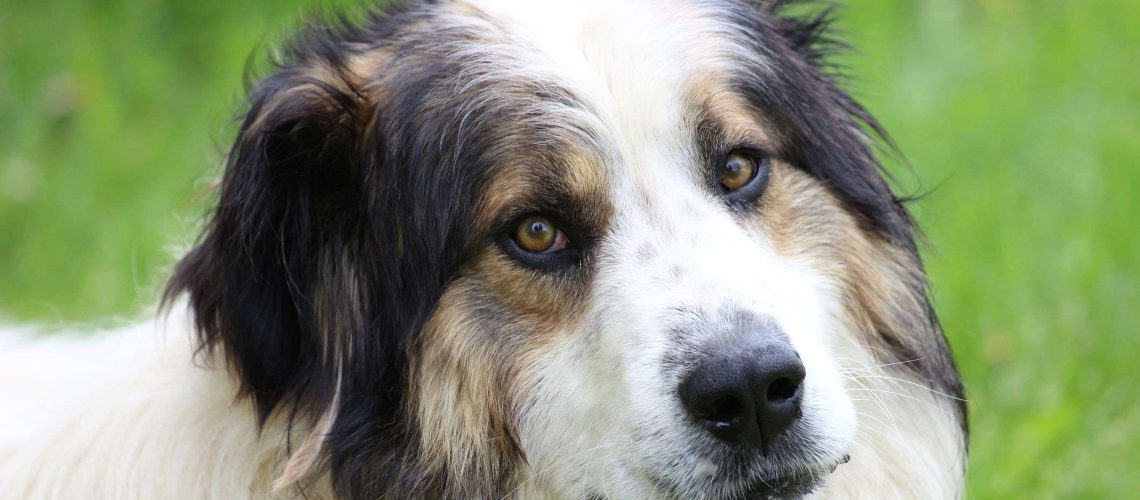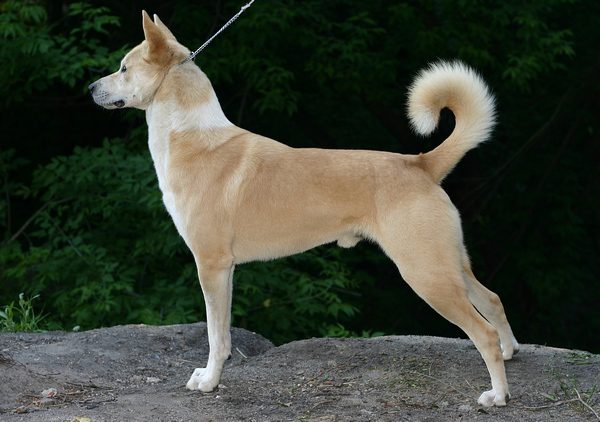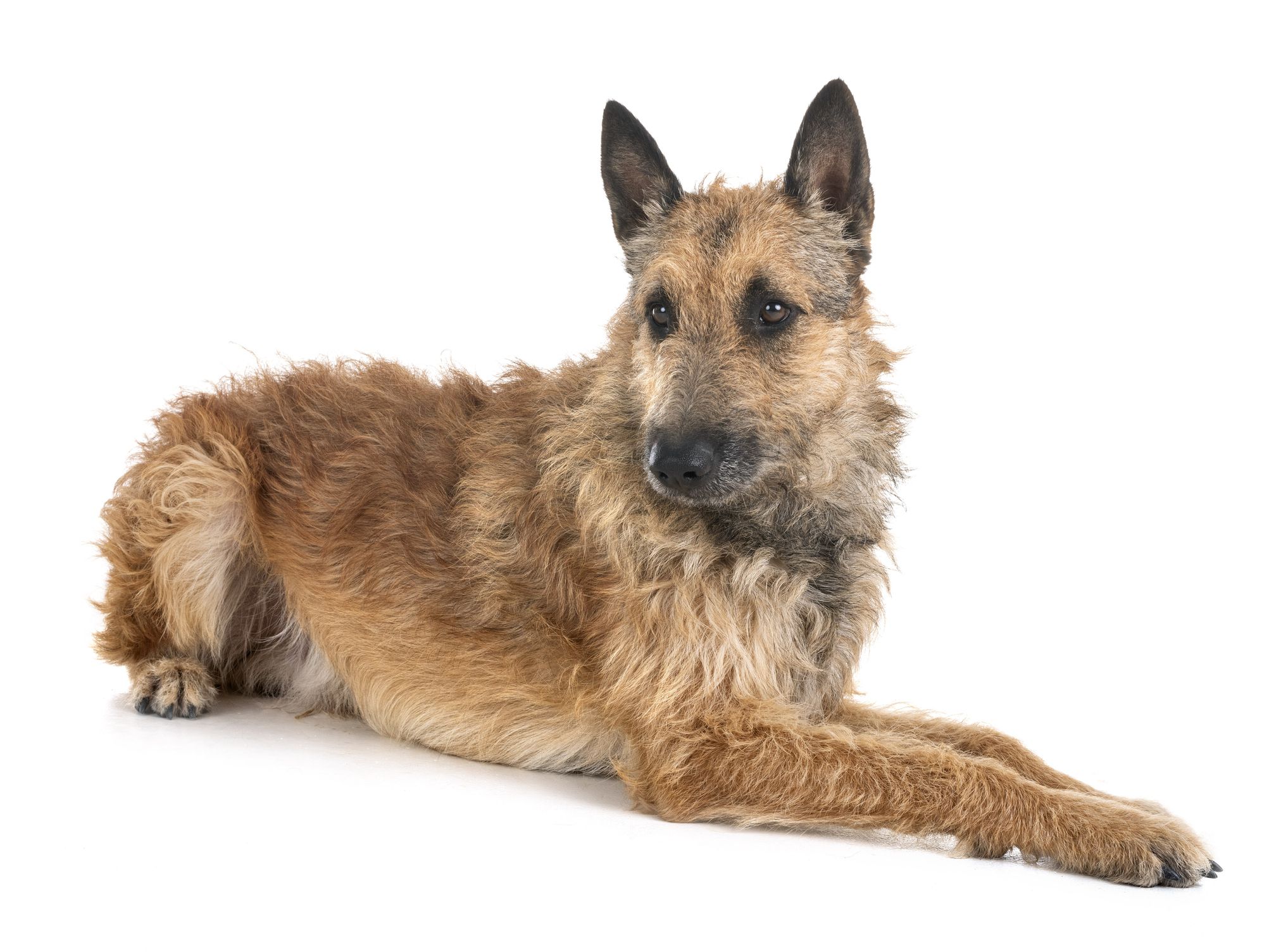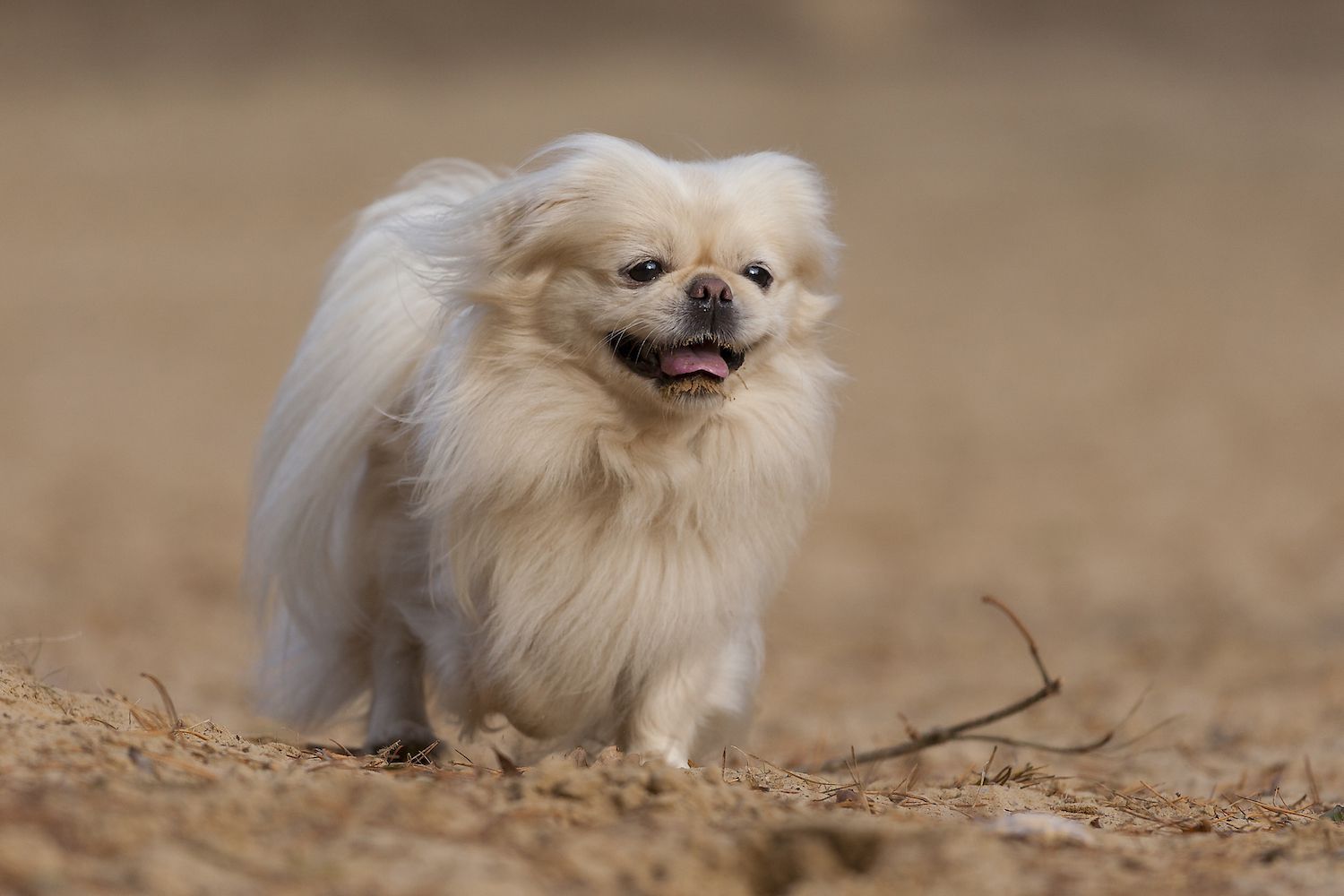Key Takeaways:
- Tornjaks are a large and powerful breed known for their protective nature.
- They have a thick double coat that requires regular grooming to prevent matting.
- Tornjaks are intelligent and trainable, but they need firm and consistent leadership from their owners.
- These dogs thrive in spacious environments where they can exercise and roam freely.
- Tornjaks are loyal and devoted companions, but early socialization is crucial to prevent aggression towards strangers or other animals.
Are you curious about Tornjak dogs? These majestic creatures possess a unique set of characteristics that make them stand out among other dog breeds. By delving into the world of Tornjaks, you will not only gain knowledge about their distinctive traits but also learn how to properly care for them. Understanding this topic is essential if you are considering getting a Tornjak as a pet or simply want to expand your knowledge of dog breeds. In this article, we will explore the fascinating characteristics and care requirements of Tornjaks, providing you with valuable insights into these remarkable animals. So, let's embark on this journey together and discover what makes Tornjaks so special!
What is a Tornjak and what are its unique characteristics?
The Tornjak is a large breed of livestock guardian dog that originates from Bosnia and Herzegovina. These dogs have been bred for centuries to protect livestock such as sheep and cattle from predators like wolves and bears. They are known for their strong protective instincts and loyalty to their owners.
One unique characteristic of the Tornjak is its size. These dogs are large and muscular, with males typically weighing between 90-110 pounds (40-50 kilograms) and standing around 25-28 inches (63-71 centimeters) tall at the shoulder. This size allows them to intimidate potential predators and provide physical protection to the animals they are guarding.
Another unique characteristic of the Tornjak is its appearance. They have a thick double coat that helps protect them from harsh weather conditions, including extreme cold or heat. Their coat can be either short or long, depending on the climate they live in. The most common colors for Tornjaks are white with patches of black or brown, but other color variations can also be seen.
Unique Characteristics:
- Large size: Tornjaks are big dogs, which makes them physically imposing and able to defend against predators.
- Protective instincts: These dogs have a strong instinct to protect their livestock from any potential threats.
- Thick double coat: The Tornjak's coat provides insulation in different climates and protects them from extreme weather conditions.
- Loyalty: They are extremely loyal to their owners and form strong bonds with the animals they guard.
- Alertness: The Tornjak has excellent senses and is always aware of its surroundings, making it an effective guardian.
How does the size and appearance of a Tornjak help it protect livestock?
The large size of the Tornjak plays a crucial role in its ability to protect livestock. When predators such as wolves or bears approach, the Tornjak's size alone can be intimidating enough to deter them. The mere presence of a large dog can make potential threats think twice before attacking.
Additionally, the Tornjak's muscular build allows it to physically defend the livestock if necessary. Their strong jaws and powerful bodies give them the ability to confront and fight off predators if an attack occurs. This physical strength is essential in ensuring the safety of the animals they are guarding.
The appearance of the Tornjak also contributes to its effectiveness as a guardian. Their thick double coat not only protects them from harsh weather conditions but also makes them appear larger and more formidable. The coloration of their coat, with patches of black or brown on a white background, helps them blend in with their surroundings while still being visible enough to deter potential threats.
Size and Appearance:
- Intimidation factor: The large size of a Tornjak can discourage predators from approaching the livestock.
- Physical defense: With their muscular build, they have the strength to confront and fight off any potential threats.
- Camouflage: The coat coloration allows them to blend in with their environment while still being noticeable as a deterrent.
- Formidable presence: The overall appearance of a Tornjak gives off an aura of strength and protection.

Image source: [Wikimedia Commons](https://commons.wikimedia.org/wiki/File:Tornjak.jpg)
What is the temperament of a Tornjak and why is it good for their job?
The Tornjak is known for its calm and composed temperament, making it an excellent working dog. They are incredibly loyal and protective of their family and territory. With a strong sense of responsibility, Tornjaks excel in their role as livestock guardians, ensuring the safety of the flock or herd they are entrusted with. Their natural instinct to guard and protect makes them highly reliable in deterring predators and intruders. Additionally, their intelligence and ability to think independently allow them to make quick decisions in challenging situations. This breed's temperament not only makes them exceptional at their job but also endears them to their owners as loving companions.
Protective Nature
The Tornjak's protective nature is deeply ingrained in its DNA. They have a strong instinct to safeguard their family members, including children, from any potential threats. This breed is always alert and vigilant, ready to defend its loved ones at all costs. Their loyalty knows no bounds, making them an ideal choice for families seeking a devoted guardian.
Independent Thinkers
Tornjaks possess an independent streak that allows them to assess situations on their own. While they are trainable, they may occasionally exhibit stubbornness when they believe there is a better course of action. This independent thinking can be advantageous in their job as livestock guardians since they need to make decisions quickly without constant guidance.
- Loyal and protective temperament
- Excellent working dog
- Natural instinct to guard and protect
- Intelligent and independent thinkers
Important things to know about caring for a Tornjak, like exercise and grooming needs
Caring for a Tornjak involves meeting certain requirements to ensure their well-being.
Exercise Needs
Tornjaks are an active breed and require regular exercise to maintain their physical and mental health. Daily walks, playtime, and ample space to roam are essential for them. Engaging in activities that stimulate their natural instincts, such as obedience training or agility exercises, can also help keep them mentally stimulated.
Grooming Requirements
Tornjaks have a thick double coat that requires regular grooming. Weekly brushing helps remove loose hair and prevents matting. During shedding seasons, more frequent brushing may be necessary to manage the amount of hair they shed. Additionally, Tornjaks should have their ears checked regularly for signs of infection and their nails trimmed as needed.
- Regular exercise is crucial for Tornjaks
- Engage in activities that stimulate their instincts
- Weekly brushing to maintain their coat
- Check ears regularly for infections
- Trim nails as needed
How does a Tornjak get along with children and other animals?
Tornjaks have a gentle nature when it comes to children and can form strong bonds with them.
Good with Children
Tornjaks are generally patient and tolerant with children, making them suitable companions for families. They often develop a protective instinct towards younger family members, ensuring their safety. However, it is important to supervise interactions between Tornjaks and young children to prevent any accidental injuries due to the dog's large size.
Interaction with Other Animals
When properly socialized from an early age, Tornjaks can get along well with other animals. Their natural guardian instinct may lead them to be cautious around unfamiliar animals initially but they can learn to coexist peacefully over time. It is recommended to introduce Tornjaks gradually and under controlled circumstances when introducing them to new pets or livestock.
- Patient and tolerant towards children
- Develops protective instincts towards younger family members
- Proper socialization helps them get along with other animals
- Introduce Tornjaks gradually to new pets or livestock
Why is early socialization and training important for a Tornjak?
Early socialization and training play a crucial role in shaping the behavior of a Tornjak.
Positive Experiences
Early socialization exposes Tornjaks to various people, animals, and environments, ensuring they become well-rounded dogs. Positive experiences during this critical period help them develop confidence and reduce the likelihood of fear or aggression towards unfamiliar situations. It is essential to introduce Tornjaks to different stimuli gradually, using positive reinforcement techniques to create positive associations.
Obedience Training
Training sessions are vital for Tornjaks as they thrive on mental stimulation and enjoy having a job to do. Obedience training helps establish boundaries and teaches them how to respond to commands effectively. Consistency, patience, and positive reinforcement methods work best when training this intelligent breed.
- Early socialization shapes their behavior
- Exposure to various people, animals, and environments
- Positive experiences build confidence
- Gradual introduction using positive reinforcement techniques
- Obedience training establishes boundaries
Common health issues to be aware of when considering a Tornjak as a pet
While generally healthy, there are some common health issues that potential Tornjak owners should be aware of.
Hip Dysplasia
Hip dysplasia is a genetic condition where the hip joint does not develop properly. This can lead to discomfort, lameness, and arthritis in affected dogs. Regular exercise on appropriate surfaces and maintaining a healthy weight can help reduce the risk of hip dysplasia.
Bloat
Tornjaks are susceptible to bloat or gastric dilatation-volvulus (GDV), a life-threatening condition where the stomach fills with gas and twists. Feeding smaller, frequent meals and avoiding vigorous exercise immediately after eating can help reduce the risk of bloat.
Eye Issues
Some Tornjaks may be prone to certain eye conditions such as progressive retinal atrophy (PRA) or cataracts. Regular eye examinations by a veterinarian can help detect these issues early on and prevent further complications.
- Genetic condition: Hip dysplasia
- Life-threatening condition: Bloat (gastric dilatation-volvulus)
- Eye issues: Progressive retinal atrophy (PRA) and cataracts
- Regular exercise and maintaining a healthy weight can reduce the risk of hip dysplasia
- Feeding smaller, frequent meals and avoiding vigorous exercise after eating can reduce the risk of bloat
In conclusion, the Tornjak is a loyal and protective dog breed that requires proper care and attention. With their strong instincts and intelligence, they can make wonderful companions with the right training and socialization.
Is a Tornjak a good family dog?
The Tornjak dog breed is known for being calm and obedient, making them easy to train and unlikely to show aggression towards people or other dogs. However, if they perceive a threat to their family, they may become aggressive. Tornjaks are good with children and will protect them while they play outside.
How big is a Tornjak dog?
Tornjak males are larger in size compared to females, with weights ranging from 77 to 110 pounds and heights of 25 to 28 inches. On the other hand, females weigh between 62 to 88 pounds and have heights of 24 to 26 inches.
What is the personality of a hound dog?
A hound dog typically operates independently from their owner, relying on their own instincts rather than following commands. This independent nature makes them more tolerant of short-term owner absences compared to other breeds, as long as they are gradually accustomed to being alone at home.
Do teddy bear dogs bark a lot?
Are Teddy Bear dogs known for barking excessively? Not all Teddy Bear dogs are known for excessive barking. Bichon Frises, Lhasa Apsos, and Miniature Poodles are generally considered moderately vocal. However, Malteses, Pomeranians, West Highland White Terriers, and Yorkshire Terriers are considered to be extremely vocal.
What dog is similar to a Tornjak?
The Tornjak, which is also called the Bosnian-Herzegovinian and Croatian Shepherd Dog, has been present in the mountains and valleys of this area since 1067. It is believed that the Tornjak is closely connected to the Tibetan Mastiff.
What is the smartest farm dog?
Border Collies are well-known for their intelligence, which is often demonstrated when they are working on a farm. Their agility and strength allow them to efficiently perform tasks such as herding, even in challenging terrains.

















